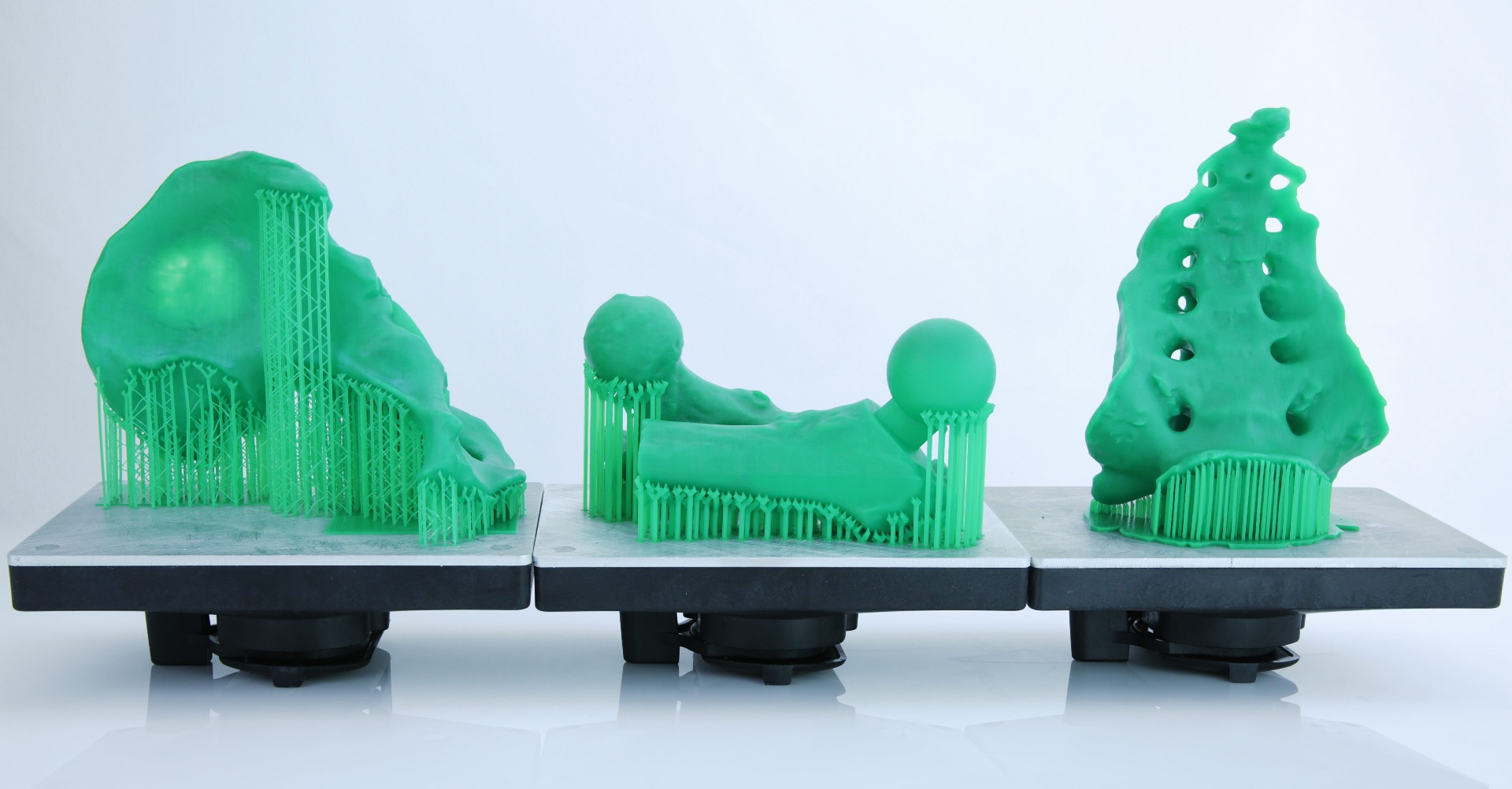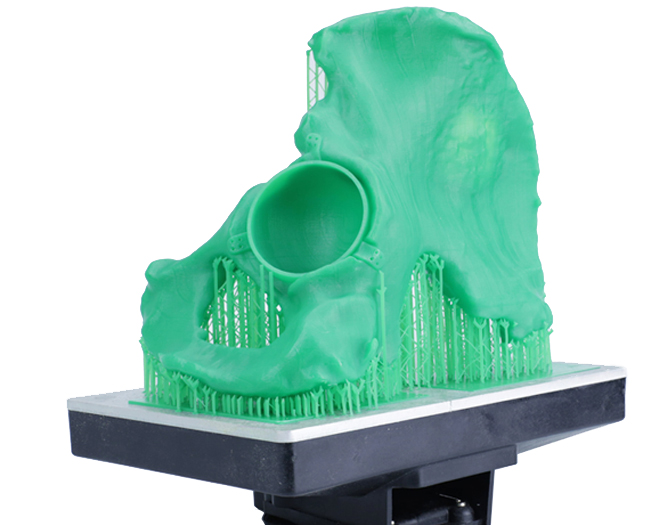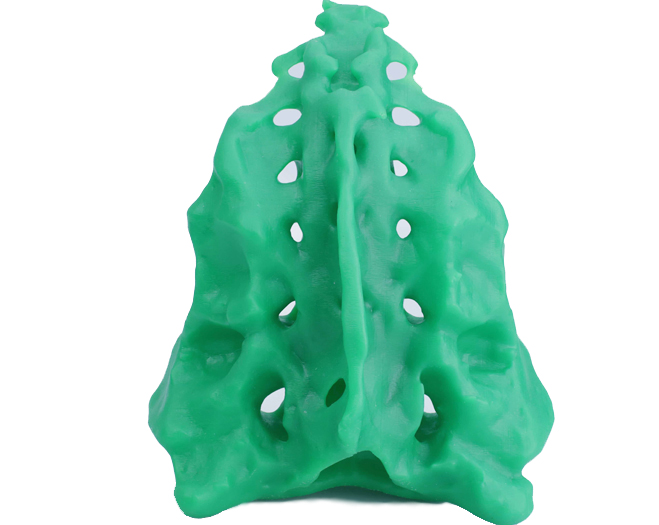Surgery
In a clinical setting, 3D printing allows for reductions in cost, workload and human error. In particular. Orthopedics has been an area where 3D printing technology has rapidly increased the pace at which doctors are able to diagnose, educate about and remedy medical problems and illnesses. By accurately replicating human anatomy, 3D printers allow healthcare professionals to carefully study and practice for difficult surgeries. Additionally, printers like the Slash can help rapid prototype custom-made prosthetics andcan help facilitate artificial bone reconstruction.

By using imaging techniques such as magnetic resonance imaging and computed tomography, 3D models of bones can be reconstructed and used for education and surgical practice. These can be used to prototype artificial joints, educational models and patient-specific instrumentation. Rapid prototyping techniques can greatly increase the rate at which doctors can deliver proper treatments to their patients. Doctors can utilize the Slash’s fast printing speed in order to quickly produce applicable models that can leadto better and faster treatment for the average patient. Expansion of 3D printing technologies in the clinical environment can help provide healthcare professionals an innovative instrument that can help largely in providing better patient care in shorter time.


